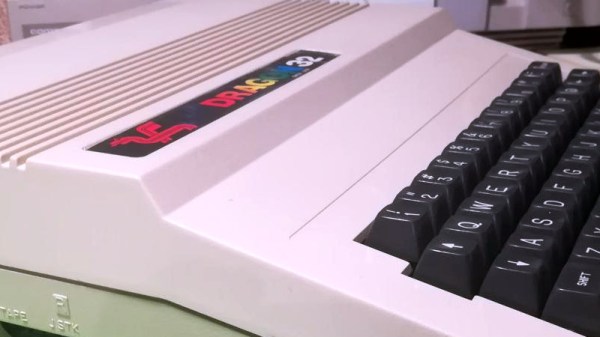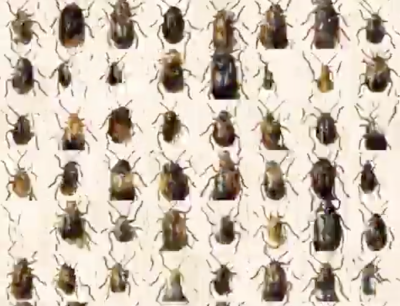While DNA-based computing may not be taking over silicon quite so soon, there is progress in the works. In a paper published by Small, researchers from the University of Rochester demonstrate a molecular computing system capable of calculating square roots of integers up to 900. The computer is built from synthetic biochemical logic gates using hybridization, a process where two strands of DNA join to form double-stranded DNA, and strand displacement reactions.
DNA-based circuits have already been shown to implement complex logic functions, but most existing circuits prior to the recent paper were unable to calculate square root operations. This required 4-bit binary numbers – the new prototype implements a 10-bit square root logic circuit, operating up to the decimal integer 900.
The computer uses 32 strands of DNA for storing and processing information. The process uses three modules, starting off with encoding a number on the DNA. Each combination is attached to a florescent marker, which changes signal during hybridization in the second module. The process for calculating the square root controls the signals, with the results deducted from the final color according to a threshold set in the third module.
We’re beginning to see the end of Moore’s Law approaching, with companies like Intel and AMD struggling to shrink transistors 10 nm wide. Nevertheless, with DNA molecules still about 10 time smaller than the best transistors today and DNA computing systems continuing to gain in sophistication, biochemical circuits could potentially be holding solutions to increasing the speed of computing beyond silicon computing.




















